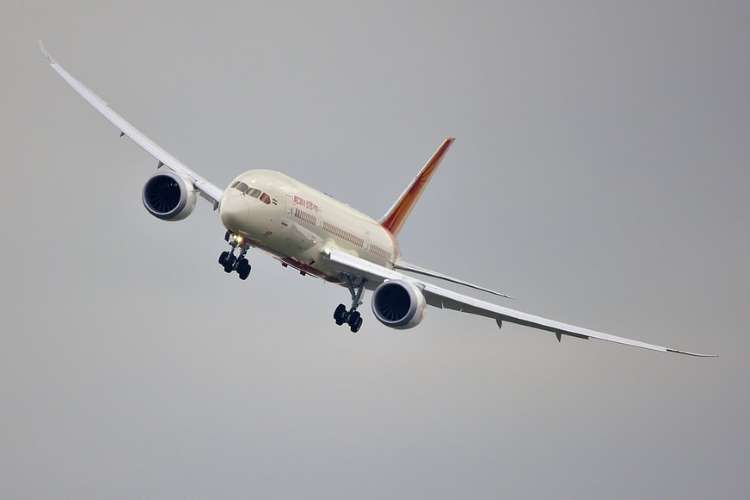
After a long dry spell during the Covid-19 pandemic, the aviation industry seems to be gearing up for a turnaround. The Tata Group, which recently purchased Air India, is planning to buy 300 narrow-body jets. Air India is now undergoing a makeover and should the deal go through, it could be one of the largest orders in the history of commercial aviation. The airline considering a big investment indicates its confidence in Indian aviation and bears good news for the industry which has been facing headwinds throughout the pandemic.
The story starts right before the pandemic, when Jet Airways crashed despite being one of the most commercially successful companies in the country. The company went under a resolution under IBC and it was unclear whether it will fly again in the future. The demise of Jet Airways also left a huge hole in the aviation industry, but the budget carrier IndiGo had a near monopoly as it touched close to 50% of the market share while Vistara, SpiceJet, Go Air, and Air India trailed behind. The worldwide grounding of the Boeing 737 MAX aircraft also dealt a body blow to the industry.
ALSO READ: Fate of India’s Covid-hit aviation industry hangs in balance
The industry was already in bad shape when the pandemic hit. It was reeling under the soaring ATF prices, high operating costs, and cutthroat competition. In fact, both IndiGo and SpiceJet, which were the two biggest carriers in India before the pandemic hit, reported huge losses right before the lockdown.
Effect of the pandemic on aviation
Matters became worse with the lockdown. Aircrafts were grounded and emergency flights were green flagged. According to DGCA numbers, 202 million passengers were flown in the year 2019-20, taking in consideration both domestic and international flyers and this number dropped to 62.1 million during 2020-21, the period when the pandemic was at its peak. By the end of the year 2020, it was not just about the airlines but also their employees who started to feel the brunt of the pandemic.
Come 2021, there were a few positives for the industry. With everything going digital, the aviation industry inched closer to getting 100% web check-ins by touching almost 90%, from a dismal 10% in the pre-Covid era. Further, touch-free baggage drop, minimum contact security check, robust SoPs and seamless movement of passengers through Digi-Yatra were also pluses that became new norms.
Where does the aviation industry stand now
Half of the year has already passed and the Indian aviation industry has made some significant progress. For one, the Tata Group’s purchase of Air India was good news for the industry given the group’s strong financial status. Tata now runs Air India and also runs Vistara as a joint venture with Singapore Airlines. CCI has also recently green flagged Air India’s proposed stake acquisition request of AirAsia India. It is evident that Tata Sons looks to consolidate its aviation business with four airlines: Air India, Vistara, AI Express and AirAsia India. Tata Group’s combined domestic share in the industry will be around one-fourth with the consolidation.
However, it is not just about Tata Group. New airlines are also entering the race with ace investor Rakesh Jhunjhunwala-backed Akasa Air debuting soon. The ultra-low-cost airline is expected to start its operations in July 2022 after a slight delay and has also placed a massive order of 72 Boeing 737 Max aircrafts. This is also one of the largest orders for the Max plane globally, indicating that the aviation industry may actually fly high in the coming months, recovering from pandemic hiccups. The airline has also received its code from DGCA (Director General of Civil Aviation) and will be called ‘QP’.
With new airlines, new airports are also needed. Civil aviation minister Jyotiraditya Scindia recently said that the government has set a target of creating 220 new airports by 2025. The aim is not only to increase connectivity for people, goods and services but also to boost the regional economy.
Aviation is one of the critical components of the nation’s transportation sector and plays a pivotal role in economic growth and employment generation. In fact, the industry could be a major growth engine to make India a $5 trillion economy by 2024 if policymakers pay timely heed to the industry’s concerns which have been bogging it down for some years now. Like all other industries, aviation also needs the private investments, but the onus remains on the government to incentivise such investments. Bringing ATF prices down and reducing taxes would be steps in that direction.
